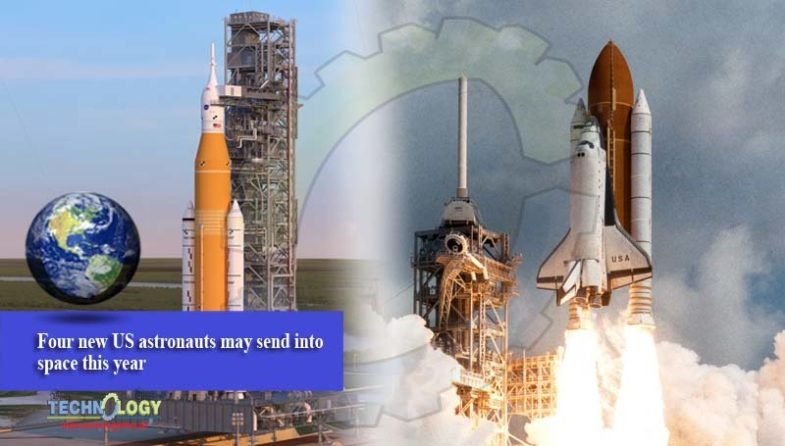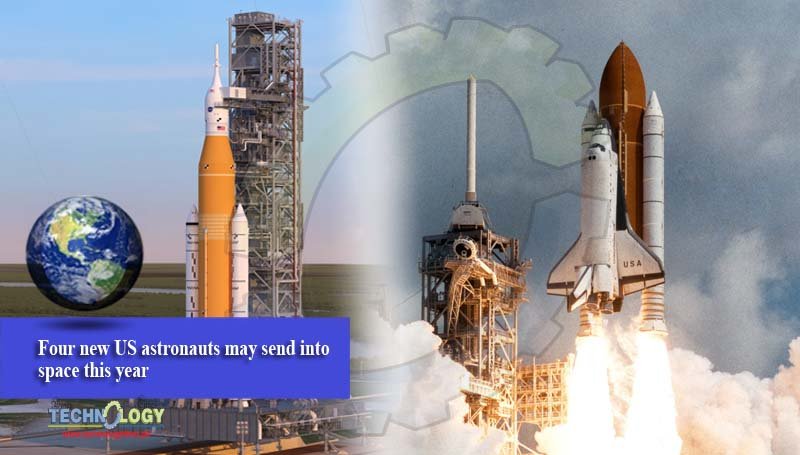No astronauts have launched to orbit from US soil since July 2011, when NASA’s space shuttle fleet was retired. Ever since, the nation has relied on Russian Soyuz rockets and spacecraft to get crew members to and from the International Space Station (ISS).
 NASA is counting on the private sector to fill the shuttle’s shoes. The agency’s Commercial Crew Program awarded Boeing and SpaceX multibillion-dollar contracts in 2014 to get their astronaut taxis — CST-100 Starliner and Crew Dragon, respectively — up and running.
NASA is counting on the private sector to fill the shuttle’s shoes. The agency’s Commercial Crew Program awarded Boeing and SpaceX multibillion-dollar contracts in 2014 to get their astronaut taxis — CST-100 Starliner and Crew Dragon, respectively — up and running.
Both capsules are getting close, especially Crew Dragon, which now has two huge milestones under its belt. In March 2019, the SpaceX capsule flew an uncrewed test mission to the ISS called Demo-1. And, on Sunday (Jan. 19), Crew Dragon aced a crucial in-flight abort test (IFA), demonstrating the spacecraft’s ability to get astronauts out of harm’s way in the event of an emergency during launch.
NASA and SpaceX still need to analyze all of the data from the IFA, and agency officials want to see two more full-on tests of Crew Dragon’s revamped parachute system. But once those boxes are checked, the capsule will be cleared to fly NASA astronauts Bob Behnken and Doug Hurley to and from the ISS, on a test mission known as Demo-2.
It shouldn’t be too long before that landmark launch; chances are good that Demo-2 will lift off sometime this spring, SpaceX founder and CEO Elon Musk said during a post-IFA news conference Sunday.
Contracted, operational crewed missions would then follow. SpaceX’s 2014 deal, which is worth $2.6 billion, calls for the company to fly six such flights with Crew Dragon and the Falcon 9 rocket.
Boeing’s contract has similar terms but is worth $4.2 billion. The aerospace giant’s recent road has been a bit bumpier than that of SpaceX. During Starliner’s version of Demo-1 — the uncrewed Orbital Flight Test (OFT), which occurred last month — the Boeing vehicle suffered a problem with its onboard timing system and got stranded in an orbit too low to allow rendezvous with the ISS. So, the capsule circled Earth by itself and came down after just two days in orbit instead of the originally planned eight.
